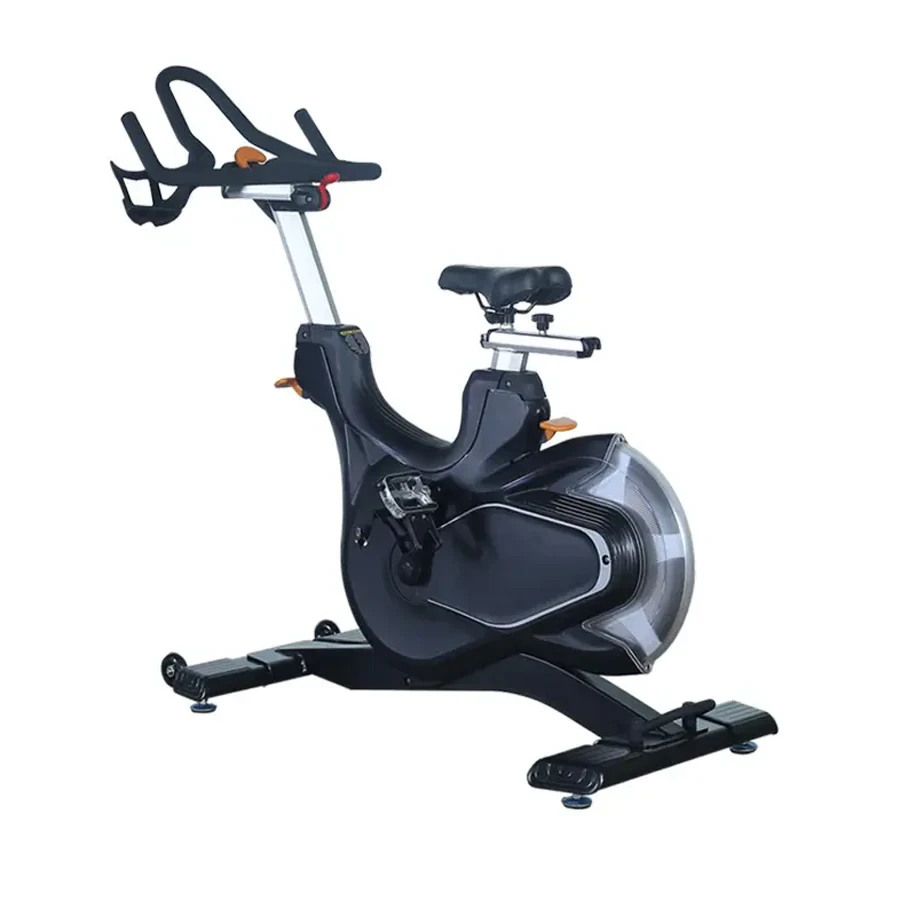Email format error
Email cannot be empty
Email already exists
6-20 characters(letters plus numbers only)
The password is inconsistent
Email format error
Email cannot be empty
Email does not exist
6-20 characters(letters plus numbers only)
The password is inconsistent


When it comes to indoor cycling, the type of resistance used can significantly affect your workout experience. Two of the most common resistance types in spin bikes are magnetic and friction. Understanding the differences between magnetic vs friction resistance spin bikes is crucial for making an informed decision on which bike to choose for your fitness goals.
Understanding Magnetic Resistance Spin Bikes
Magnetic resistance spin bikes use magnets to create tension against the flywheel. As you increase the resistance, the magnets move closer to the flywheel, creating a stronger magnetic field and thus more resistance. One of the key benefits of magnetic resistance is that it’s virtually silent, making it ideal for home use where noise can be a concern. Additionally, magnetic resistance is known for its smooth and consistent feel, which can enhance the quality of your workout.
The Appeal of Friction Resistance Spin Bikes
Friction resistance spin bikes, on the other hand, use a felt or leather pad that presses against the flywheel to create resistance. The main advantage of friction resistance is that it can provide a more “road-like” feel, which some cyclists prefer. Friction resistance bikes are often more affordable than their magnetic counterparts, making them a popular choice for those on a budget.
Durability and Maintenance: Magnetic vs Friction
When comparing magnetic vs friction resistance spin bikes, it’s important to consider durability and maintenance. Magnetic resistance spin bikes tend to have fewer moving parts and do not require the resistance pads to be replaced, as they do not wear out over time. This can lead to lower maintenance costs and a longer lifespan for the bike. Friction resistance bikes, while initially more cost-effective, may require more frequent maintenance and replacement of the resistance pads due to wear and tear.
Adjustability and Precision
In the debate of magnetic vs friction resistance spin bikes, adjustability and precision play a significant role. Magnetic resistance spin bikes often offer more precise levels of resistance, which can be easily replicated from one workout to the next. This is particularly beneficial for those who follow structured training programs and need to maintain consistent resistance levels. Friction resistance bikes, while adjustable, may not offer the same level of precision, as the resistance can vary depending on the wear of the pads and the pressure applied.
Noise Level Considerations
For many users, the noise level is a critical factor when choosing between magnetic vs friction resistance spin bikes. As mentioned earlier, magnetic resistance spin bikes are quieter, which is a considerable advantage for shared living spaces or for those who like to watch TV or listen to music without interference. Friction resistance bikes can be noisier, especially as the resistance pads begin to wear down.
The Workout Experience
Ultimately, the choice between magnetic vs friction resistance spin bikes comes down to the workout experience you’re looking for. Magnetic resistance offers a smooth and consistent ride, which can be more comfortable for longer sessions. Friction resistance provides a more tactile feel, which can be motivating for those who enjoy the sensation of pushing against a physical force.
Conclusion
When deciding between magnetic vs friction resistance spin bikes, it’s essential to weigh the pros and cons of each type. Magnetic resistance spin bikes offer a quiet, low-maintenance, and precise workout, making them a great choice for serious indoor cyclists and those who need to keep noise to a minimum. Friction resistance spin bikes provide a more traditional cycling feel and can be more cost-effective, appealing to those who prioritize the physical feedback of their workout and are willing to handle more maintenance. Regardless of your choice, both types of resistance can provide an excellent cardiovascular workout and help you achieve your fitness goals.